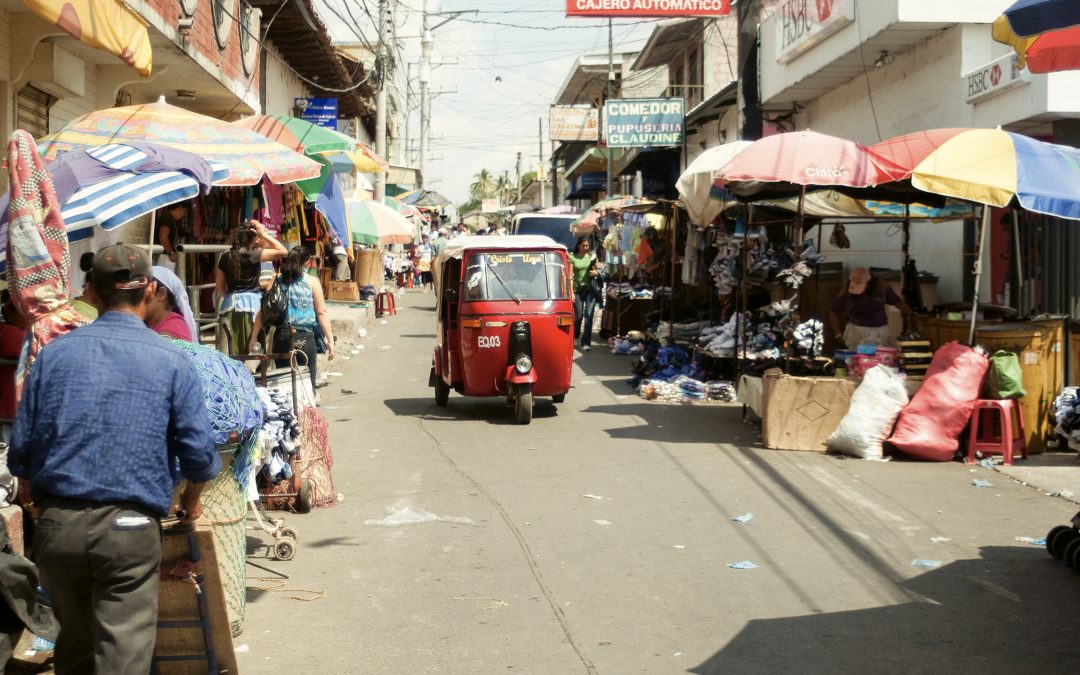By Werner Peña
Read Werner Peña’s working paper ‘What are the determinants of chronic and transient poverty in El Salvador?’
The situation of being in poverty can be experienced by households with different intensities over time: some can be trapped in poverty while others can move in or out from it from time to time. These differing experiences allow for the differentiation between chronic poverty and transient poverty. Chronic poverty means living in deprivation for long periods of time. On the other side, transient poverty means being vulnerable to risks that can cause households to fall into poverty. Thus, to better understand poverty, it is important to analyse the characteristics and determinants of these two faces of the same coin. To carry out this exercise, in a recent GDI Working Paper, I analysed the determinants of chronic and transient poverty in El Salvador.
The analysis was based on the construction of two un-intended panel data at household level using the main Salvadoran household survey, one for the period 2008-2009 and another for the period 2009-2010. The proposed determinants of chronic and transient poverty were grouped in five categories: demographic characteristics, access to economic resources, educational characteristics, labour characteristics and residence characteristics. The econometric techniques were the multinomial logit model and simultaneous quantile regression.
Regarding the first three categories, the main results were the following:
The demographic characteristics suggest that chronic poor households have a higher proportion of youth or children aged 16 years or less, compared to non-poor households, which causes the dependency ratio to be far larger in chronic poor households. In addition, the multinomial logit models show that a high percentage of children 16 years old or younger increases the odds of being chronic and transient poor in the same way as the dependency ratio does. These results have implications for the main human development cash transfer programme in El Salvador called “Comunidades Solidarias”, as this cash transfer is given in a fixed amount to poor households, no matter the number of children they have. To better fight against chronic poverty, transfers might be given based on the number of children, as is done in other Latin American countries.
Regarding the access to economic resources, the possession of assets is scarce for transient poor households and even scarcer in chronic poor units. An interesting finding is that receiving government transfers increases the odds of being in chronic and transient poverty. This might be related to the size of the monthly cash transfer of Comunidades Solidarias. The amount of the transfers only represents 5.9% of the urban poverty line and 8.44% of the rural poverty line in 2010.
These findings call attention for at least three kinds of policies. First, the implementation of programmes that provide opportunities and incentives for poor households to accumulate assets is a critical effort in the fight against chronic poverty. Second, it is important to increase the amount and coverage of the cash transfer provided by Comunidades Solidarias. In addition, the exit strategy of Comunidades Solidarias can and should be reviewed. Currently, the exit strategy is mainly based on age limits, and households close to exiting the programme will most likely require further assistance to fully escape from poverty. Third, for transient poor households, the design of an emergency cash transfers schemes might help overcome the impacts of short run shocks, and prevent the depletion of their assets which can cause them to fall into (chronic) poverty.
The educational characteristics show that human capital accumulation through education is an important determinant to reduce the odds of being in chronic and transient poverty. Human capital accumulation through education also increases real household income. However, the accumulation of human capital is very low in chronic poor households. For instance, in the baseline of panel the 2008-2009, most adults have 6 years of education or less (73.90%). This points out the necessity to invest more in the education of chronic and transient poor households. In this regard, programmes aimed at incentivising and retaining children and adolescents in school can help households improve the labour prospects of their youngest members.
Note: This article gives the views of the author/academic featured and does not represent the views of the Global Development Institute as a whole.

